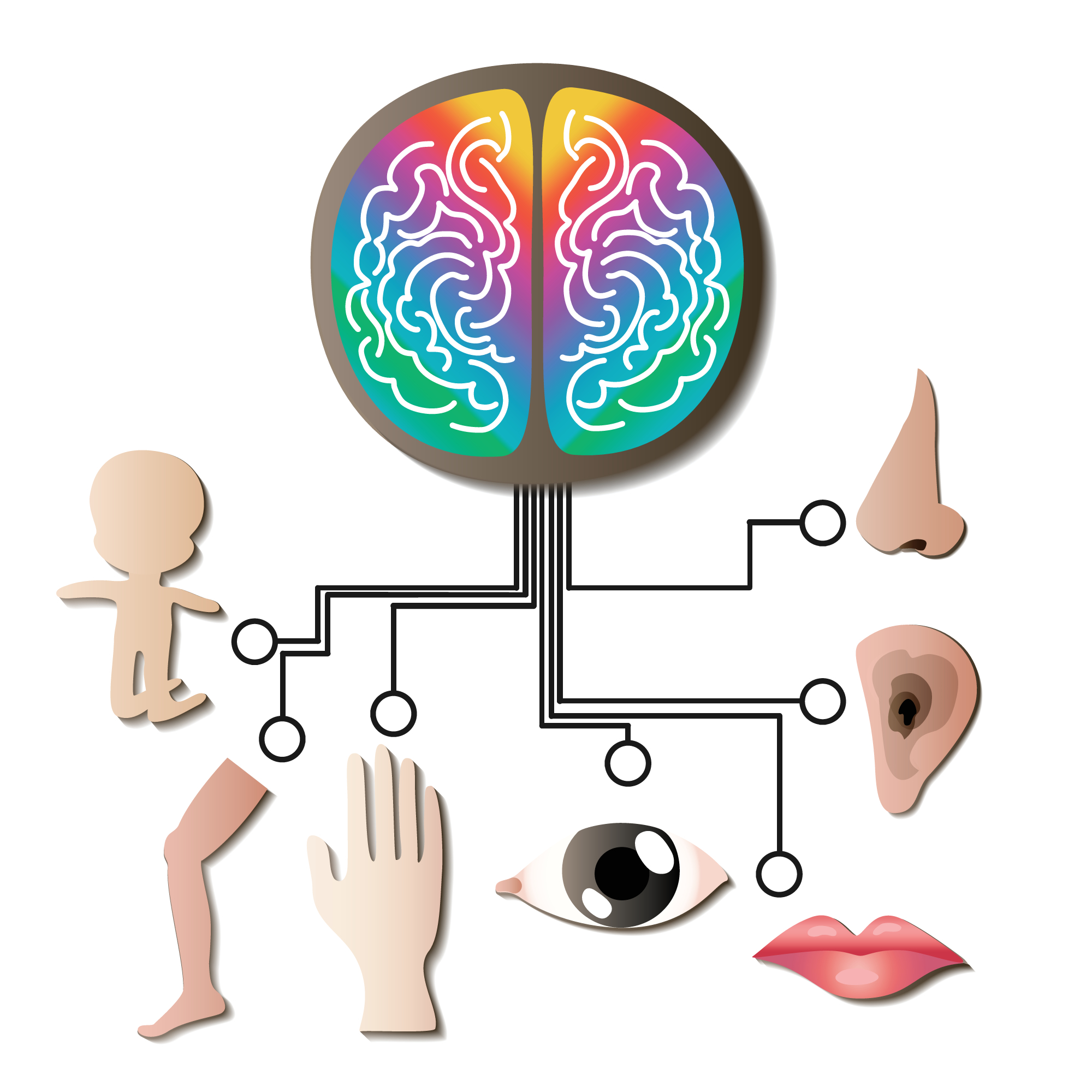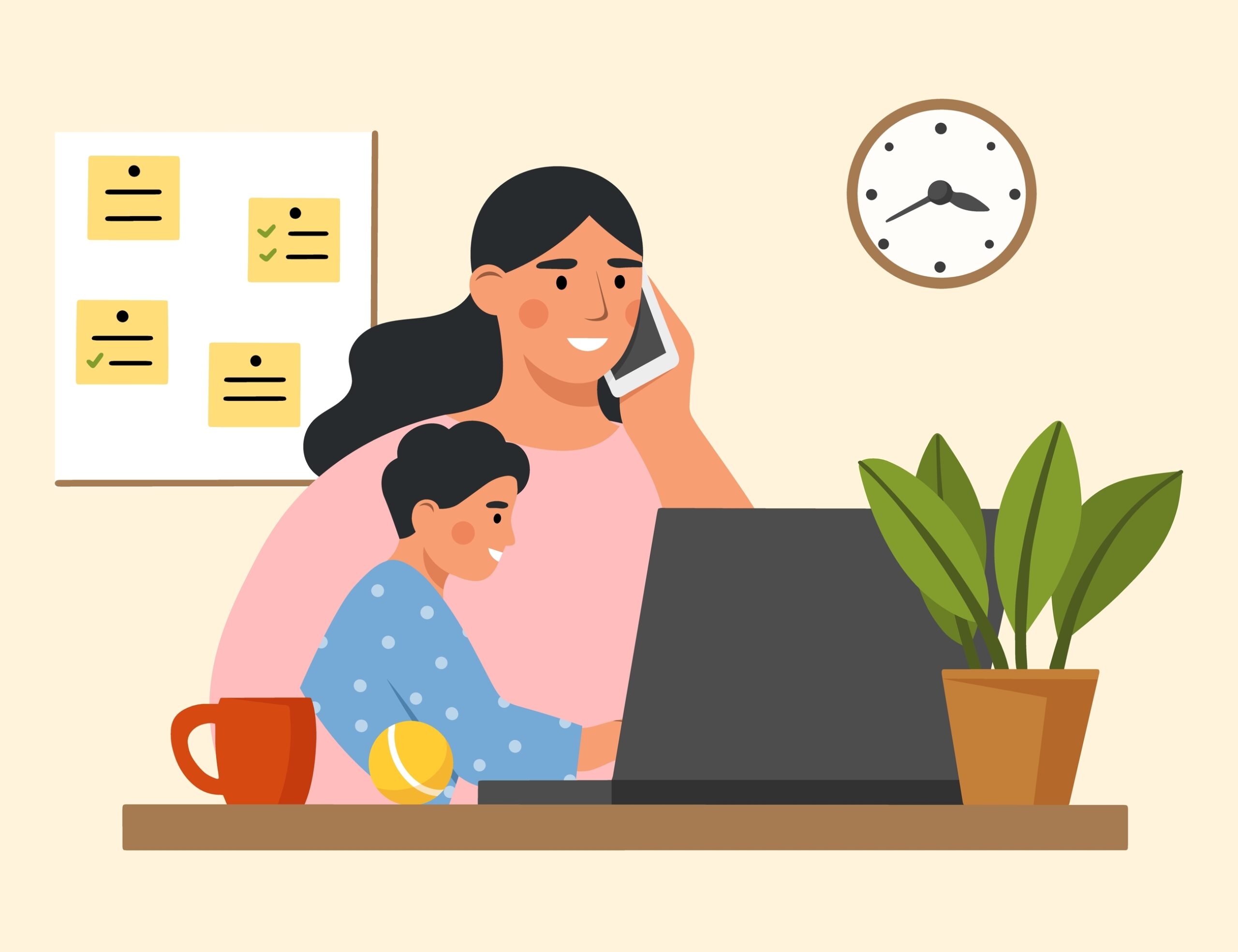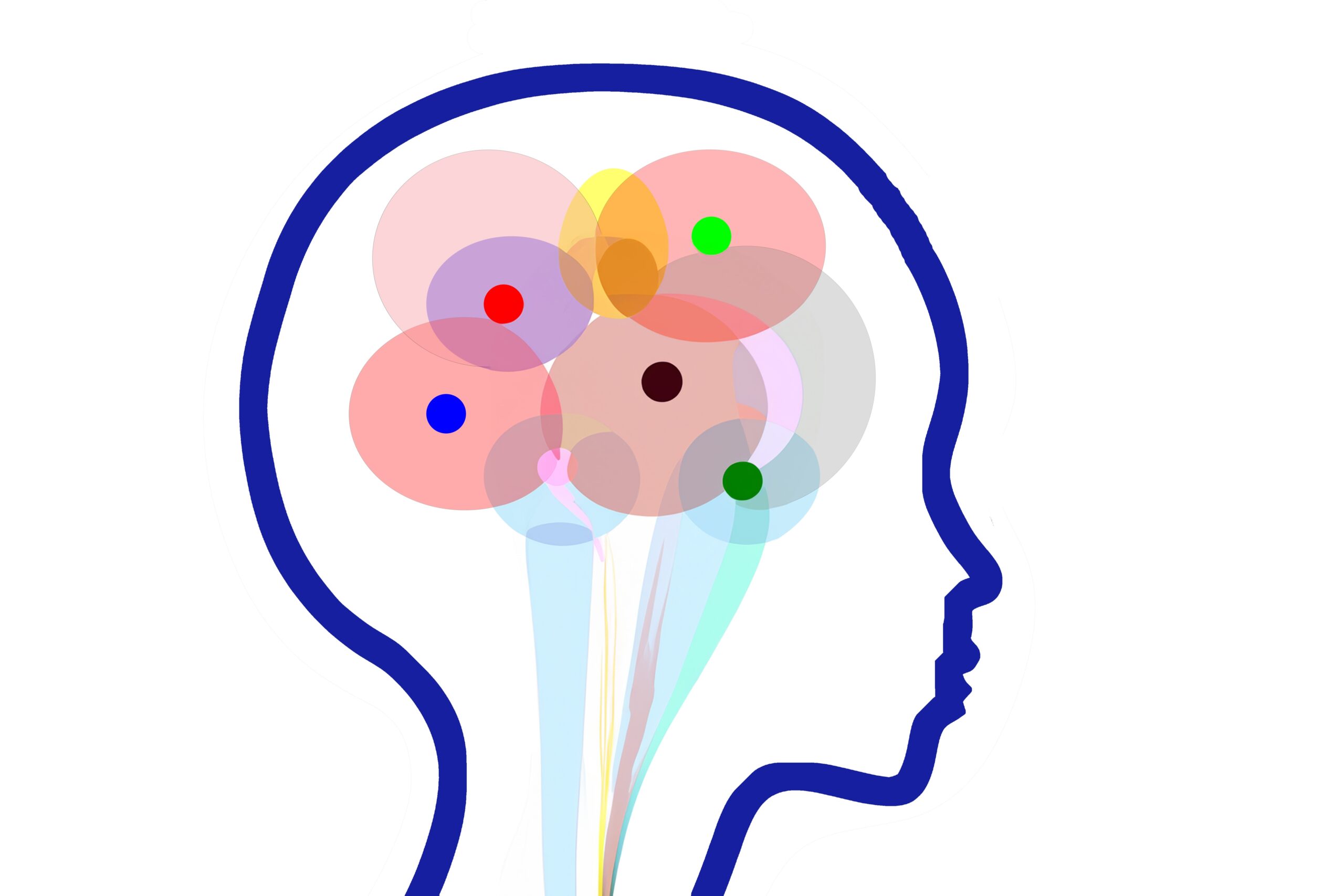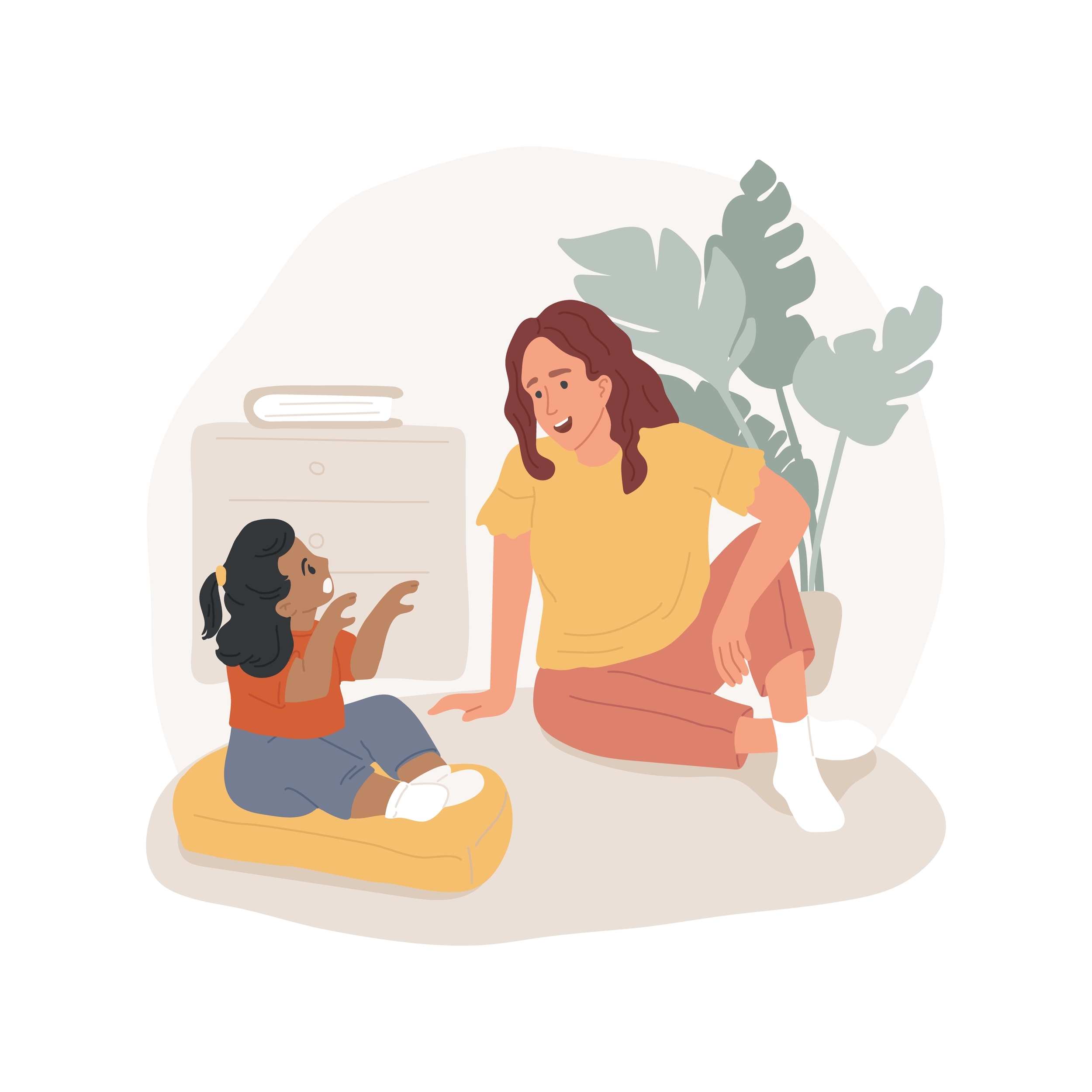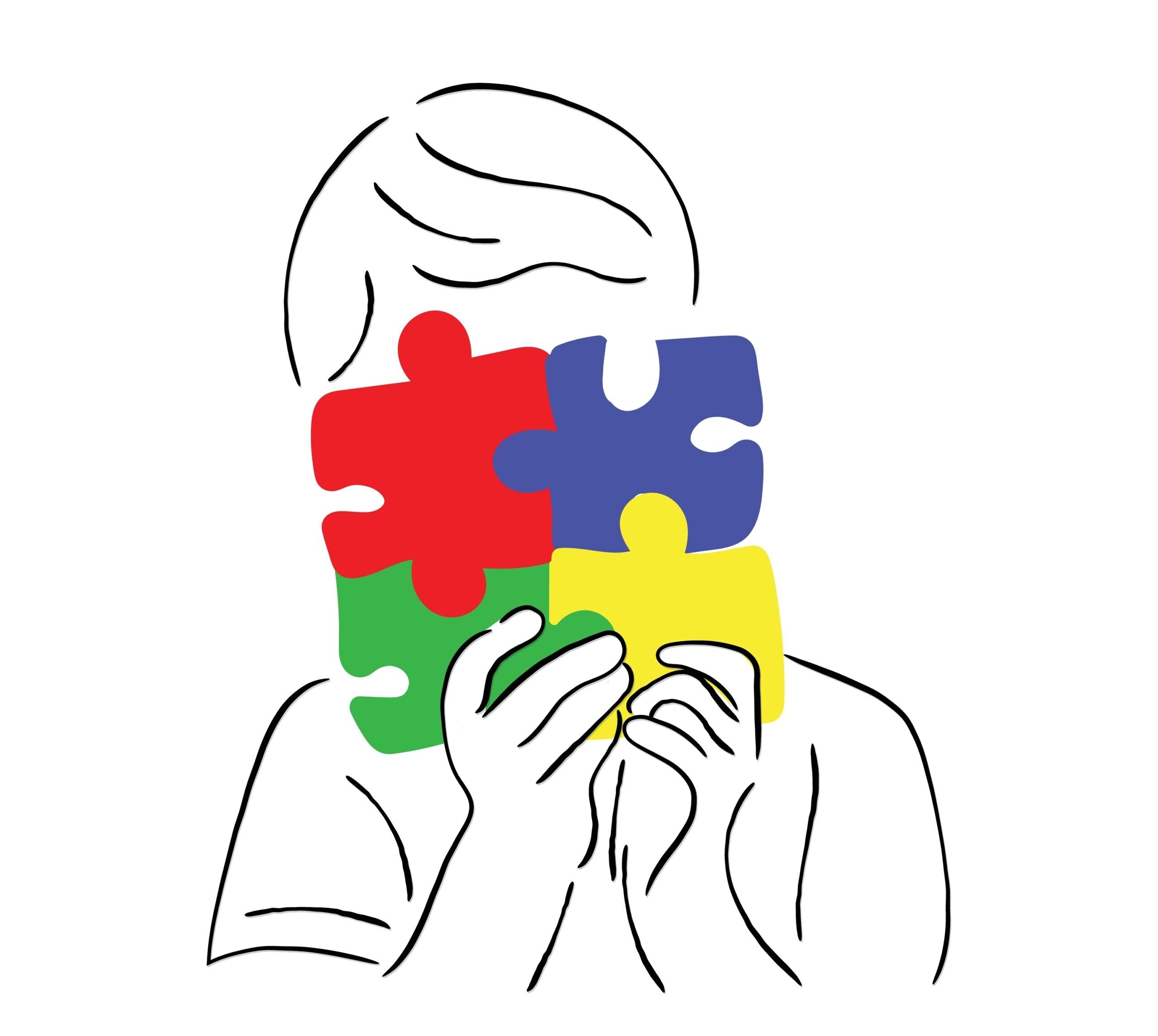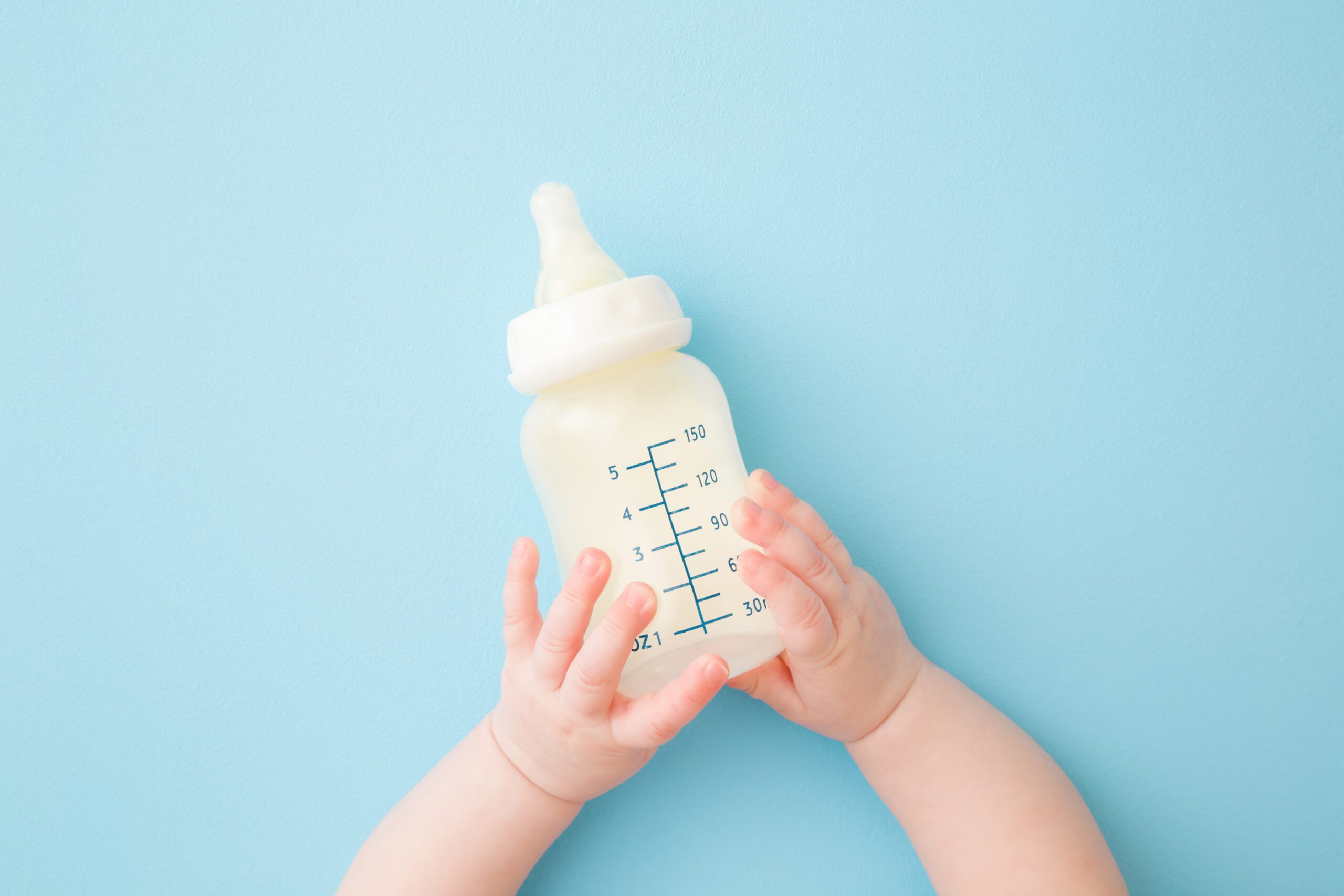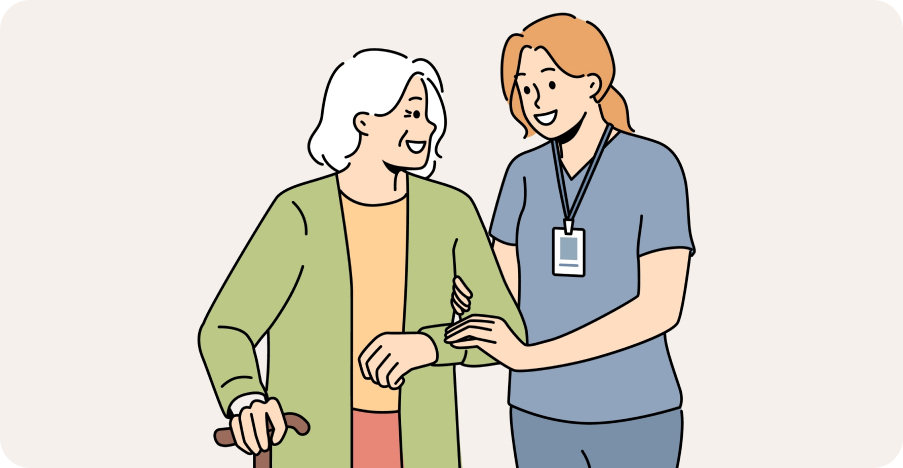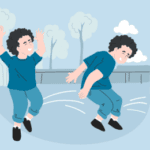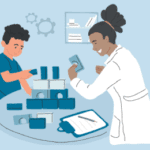
Autism
- Types of Autism Spectrum Disorder: Levels, Traits & Former Diagnoses Explained
- Asperger’s Syndrome: Signs, Diagnosis, and Support for Children, Teens & Adults
- What Is PDD-NOS? Understanding Pervasive Developmental Disorder–Not Otherwise Specified and Its Place on the Autism Spectrum
- Childhood Disintegrative Disorder (CDD): Symptoms, Diagnosis & Treatment Explained
- Rett Syndrome: Symptoms, Diagnosis, and Treatment Guide for Parents and Caregivers
- Nonverbal Autism: Causes, Signs, Communication Strategies & Treatment Options
- Sensory Processing and Autism: Understanding Sensitivities, Overload & Effective Therapies
- Classic Autism (Autistic Disorder): Signs, Diagnosis, and Treatment Before the DSM-5
- Fragile X Syndrome: Causes, Symptoms, Diagnosis, and Autism Link
- Atypical Autism (PDD-NOS): Symptoms, Diagnosis & Support Before DSM-5
- Low Functioning Autism (ASD Level 3): Symptoms, Support Needs, and Communication Challenges
- High-Functioning Autism (ASD Level 1): Symptoms, Traits, and Support Strategies

Neurodevelopmental Disorders & Learning Differences
- Dyslexia in Children: Symptoms, Causes & Best Therapies
- Dysgraphia in Children: Symptoms, Diagnosis & Treatment
- What Is Dyscalculia? Symptoms, Causes & Treatment
- Specific Learning Disorder with Impairment in Reading | Symptoms, Treatment & Therapists Near You
- Nonverbal Learning Disorder (NVLD): Symptoms, Causes & Therapies
- What Is Giftedness in Children? Signs, Support & Therapists
- Language Processing Disorder in Children: Signs, Therapy & Support
- Language Disorders in Children: Signs, Types & Therapy
- Delayed Speech in Children: Causes, Signs, and Therapy Options
- Executive Function Disorder in Children: Signs, Support & Therapy
- Apraxia of Speech in Children: Signs, Diagnosis & Therapy
- Understanding Intellectual Disability in Children: Signs, Support & Therapies
- What Is Twice-Exceptional (2e)? Signs, Challenges & Support for Gifted Children with Disabilities
- Global Developmental Delay (GDD)
What Is PDD-NOS? Understanding Pervasive Developmental Disorder–Not Otherwise Specified and Its Place on the Autism Spectrum

Authored by: The DrSensory Editorial Team
Reviewed by: 🛡️ DrSensory Clinical Review Board
Last updated: June 2025
What is Pervasive Developmental Disorder – Not Otherwise Specified (PDD-NOS)?
PDD-NOS, or Pervasive Developmental Disorder – Not Otherwise Specified, was a diagnosis used before 2013 to describe individuals who had some—but not all—features of autism. People with PDD-NOS typically showed delays in social interaction, communication, and behavior, but their symptoms didn’t meet the full criteria for classic autism or Asperger’s Syndrome.
Since the release of the DSM-5, PDD-NOS is no longer an official diagnosis and has been replaced by the umbrella term Autism Spectrum Disorder (ASD).
How was PDD-NOS different from autism or Asperger’s syndrome?
PDD-NOS was considered a “milder” or atypical form of autism. Unlike classic autism, individuals with PDD-NOS might not have language delays or exhibit repetitive behaviors. And unlike Asperger’s Syndrome, they may have more noticeable issues with communication or motor skills.
The diagnosis was often given when a child had developmental delays or behaviors that were clearly autistic-like, but didn’t meet all the criteria for other defined disorders on the spectrum.
Is PDD-NOS still diagnosed today?
No, PDD-NOS is no longer used as a clinical diagnosis. In 2013, the DSM-5 replaced PDD-NOS with Autism Spectrum Disorder (ASD) to better reflect the wide range of characteristics and severities within autism.
People who were previously diagnosed with PDD-NOS are now typically classified under Level 1 or Level 2 ASD, depending on the level of support they need.
What should I do if I or my child was previously diagnosed with PDD-NOS?
If you or your child received a PDD-NOS diagnosis before 2013, it’s helpful to consult with a developmental specialist to update the diagnosis to Autism Spectrum Disorder (ASD) under the current criteria. This ensures that educational plans, therapies, and services are aligned with today’s standards.
Understanding where you fall on the autism spectrum can also improve access to appropriate support, such as speech therapy, occupational therapy, or individualized learning accommodations.
This page provides general educational content and is not a substitute for professional medical advice. Always consult a licensed provider for diagnosis and treatment.
View privacy policy, copyright and trust info
More on Autism

- Types of Autism Spectrum Disorder: Levels, Traits & Former Diagnoses Explained
- Asperger’s Syndrome: Signs, Diagnosis, and Support for Children, Teens & Adults
- What Is PDD-NOS? Understanding Pervasive Developmental Disorder–Not Otherwise Specified and Its Place on the Autism Spectrum
- Childhood Disintegrative Disorder (CDD): Symptoms, Diagnosis & Treatment Explained
- Rett Syndrome: Symptoms, Diagnosis, and Treatment Guide for Parents and Caregivers
- Nonverbal Autism: Causes, Signs, Communication Strategies & Treatment Options
- Sensory Processing and Autism: Understanding Sensitivities, Overload & Effective Therapies
- Classic Autism (Autistic Disorder): Signs, Diagnosis, and Treatment Before the DSM-5
- Fragile X Syndrome: Causes, Symptoms, Diagnosis, and Autism Link
- Atypical Autism (PDD-NOS): Symptoms, Diagnosis & Support Before DSM-5
- Low Functioning Autism (ASD Level 3): Symptoms, Support Needs, and Communication Challenges
- High-Functioning Autism (ASD Level 1): Symptoms, Traits, and Support Strategies
Find a Therapist near you
Are you looking for a physical, occupational, or speech therapist in your area?
Look no further than the DrSensory Therapist Database and Clinic Directory!
Find a Therapist
Find the physical therapist, occupational therapist, or speech language pathologist you’re looking for!
Ask Us Anything
Whether you are looking for advice, have a general question about sensory processing, or looking for resources.
Submit Your Story
Share your story about your child. Let’s celebrate milestones and learn more about challenges.






































